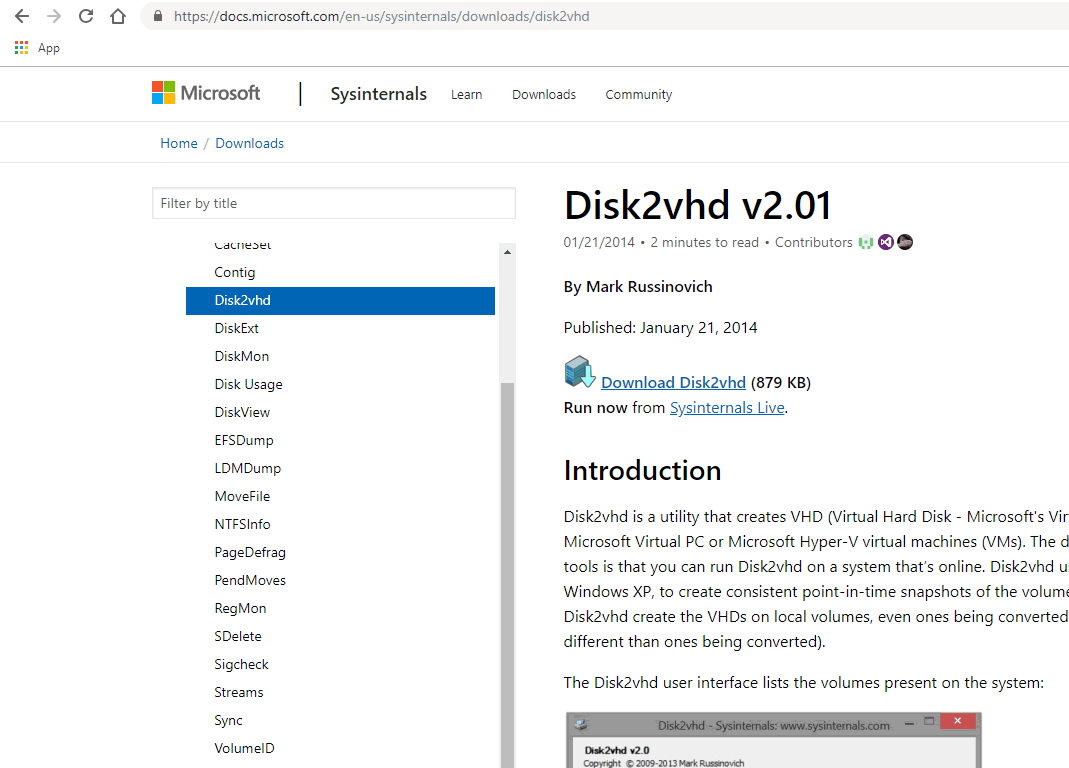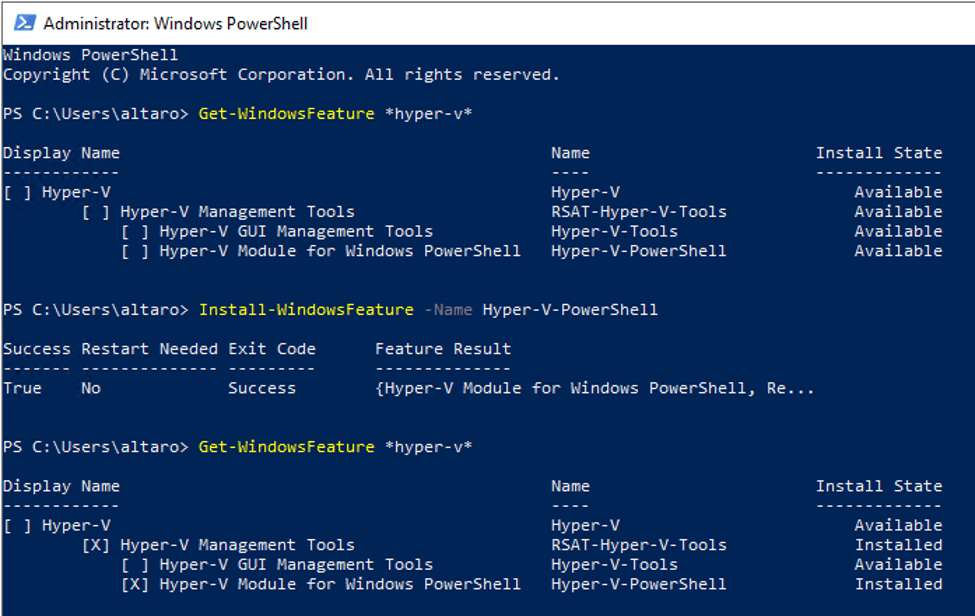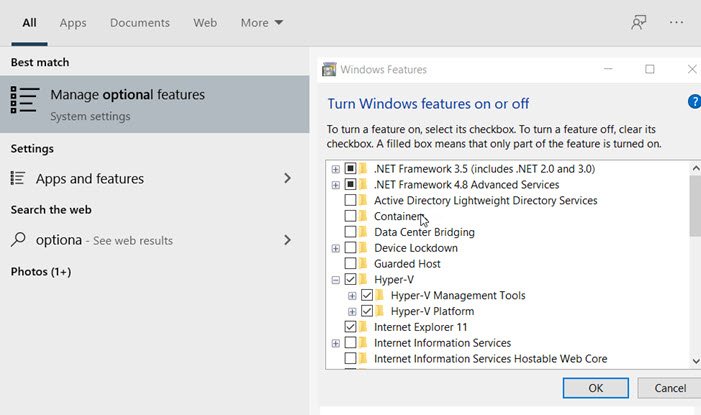

- Download hyper v manager for windows 10 install#
- Download hyper v manager for windows 10 upgrade#
- Download hyper v manager for windows 10 windows 10#
- Download hyper v manager for windows 10 free#
Download hyper v manager for windows 10 upgrade#
The Second Level Address Translation and VM Monitor Mode Extensions are hardware properties, so if these do not display a Yes value, then you either have to upgrade your system processor if that is possible, or select a different system with a compatible processor architecture. If some of these values have a value of No, such as Virtualization Enabled in Firmware and Data Execution Prevention Available, then you may have to enable them in your system BIOS. If all of these requirements have a value of Yes, then your system is ready for Hyper-V installation.

If your system is hardware compatible, you will see the Hyper-V related entries shown in Figure 1.įigure 1: Hyper-V Requirements from Systeminfo.exe
Download hyper v manager for windows 10 install#
In order to verify if your system is hardware compatible before you try to install Hyper-V in Windows 10, open a command prompt (cmd.exe) and run systeminfo.exe.
Download hyper v manager for windows 10 windows 10#
Verifying Hardware Compatibility for Hyper-V on Windows 10 The reduction in processor and memory overhead associated with SLAT improves scalability with respect to the number of virtual machines that can be executed concurrently. Leveraging the hardware eliminates the need to perform these tasks within Hyper-V, reducing the complexity of the hypervisor and the context switches needed to manage virtual machine page faults. Based on AMD-V Rapid Virtualization Indexing (RVI) and Intel VT Extended Page Tables (EPT) architectures, supported AMD and Intel processors can maintain address mappings and perform the two levels of address space translations required for each virtual machine in hardware. Hyper-V began to leverage SLAT in Windows Server 2008 R2 to reduce the overhead required in virtual to physical address mappings for virtual machines. Of course, the more virtual machines that you want to run simultaneously, the more memory that you will need in your system.Ī crucial hardware requirement is that your system must have a 64-bit processor that supports Second Level Address Translation (SLAT). In terms of hardware requirements, you must have a system with at least 4 GB of RAM. However, if you own Windows 10 Home edition, then you will have to upgrade to one of the supported editions before you can install and use Hyper-V. If you have a Windows 10 Pro, Enterprise, or Education edition, then you can enable Hyper-V on your system. For controlling Hyper-V hosts, PowerShell offers more flexibility and uses fewer computer resources.Before installing Hyper-V on Windows 10, you must first ensure that you have one of the operating system editions that support Hyper-V. Use PowerShell to perform most Hyper-V Manager functions. When shutting down all VMs on a specific host, Windows PowerShell is frequently used to automate common and complicated processes.
Download hyper v manager for windows 10 free#
SCVMM is an improvement over the free Hyper-V Manager and the Failover Cluster Manager tools, but it lacks several advanced features included in the Hyper-V Manager. It also has a “library” feature, which lets you quickly construct and configure new virtual machines.

A statistics dashboard and custom templates are incorporated into the SCVMM console. Hence this utility performs many management responsibilities. Hyper-V Manager cannot handle Hyper-V hosts or Hyper-V failover clusters in bigger virtual environments.


 0 kommentar(er)
0 kommentar(er)
